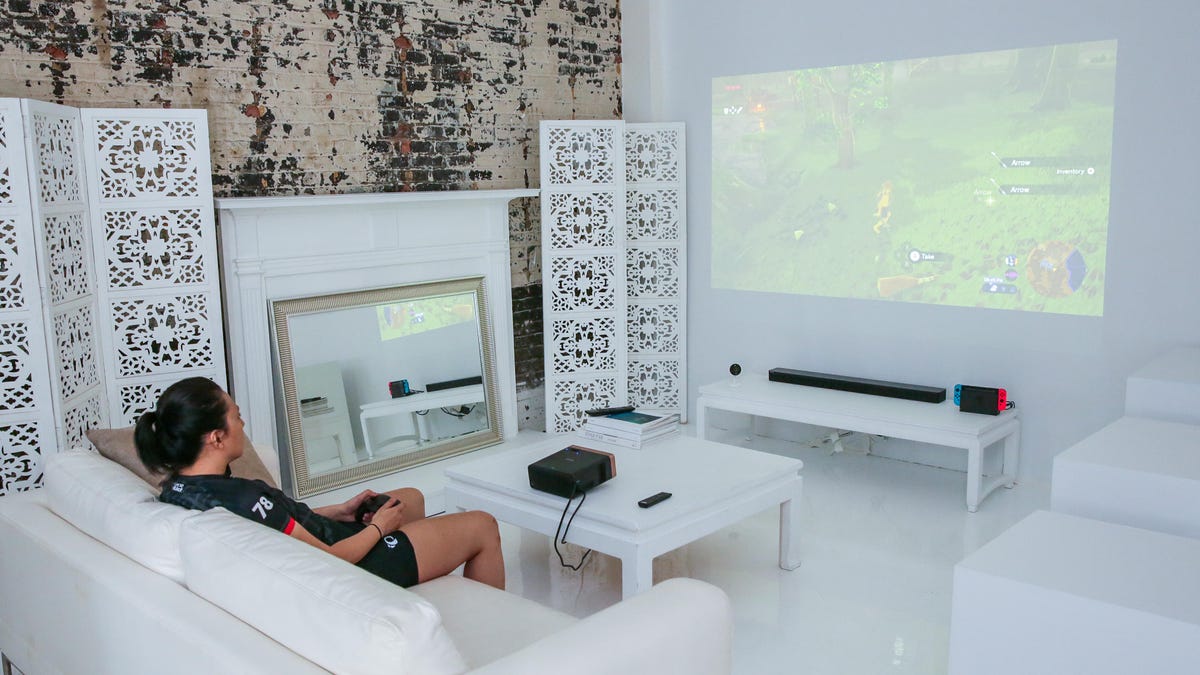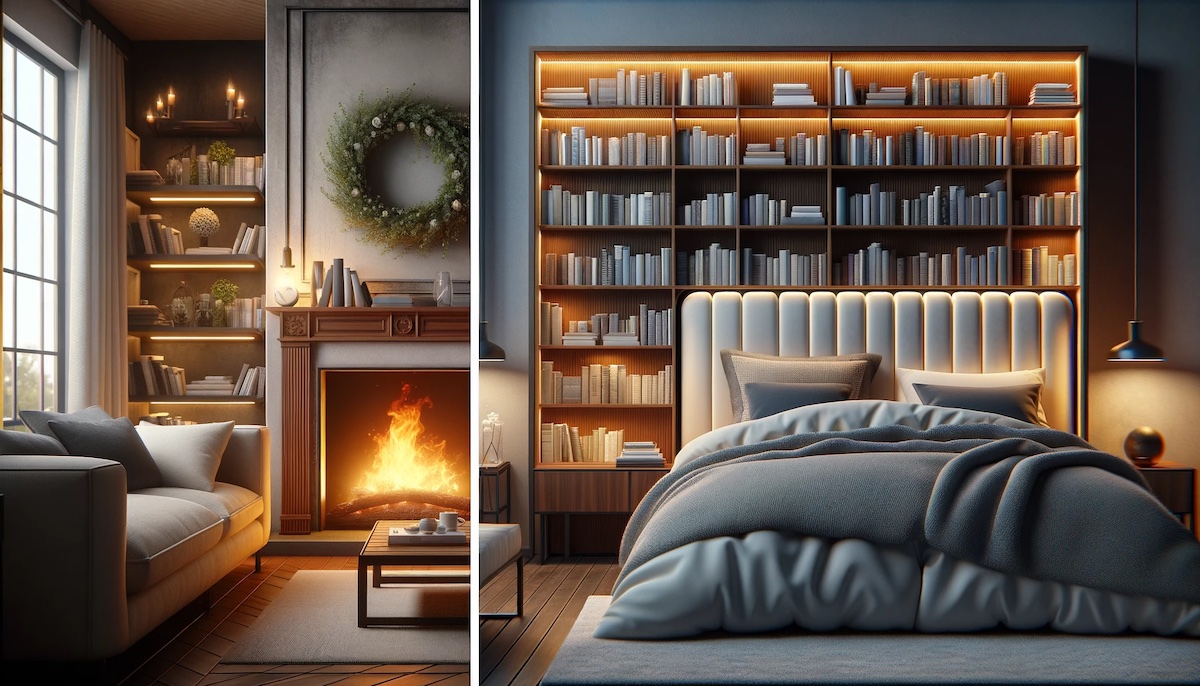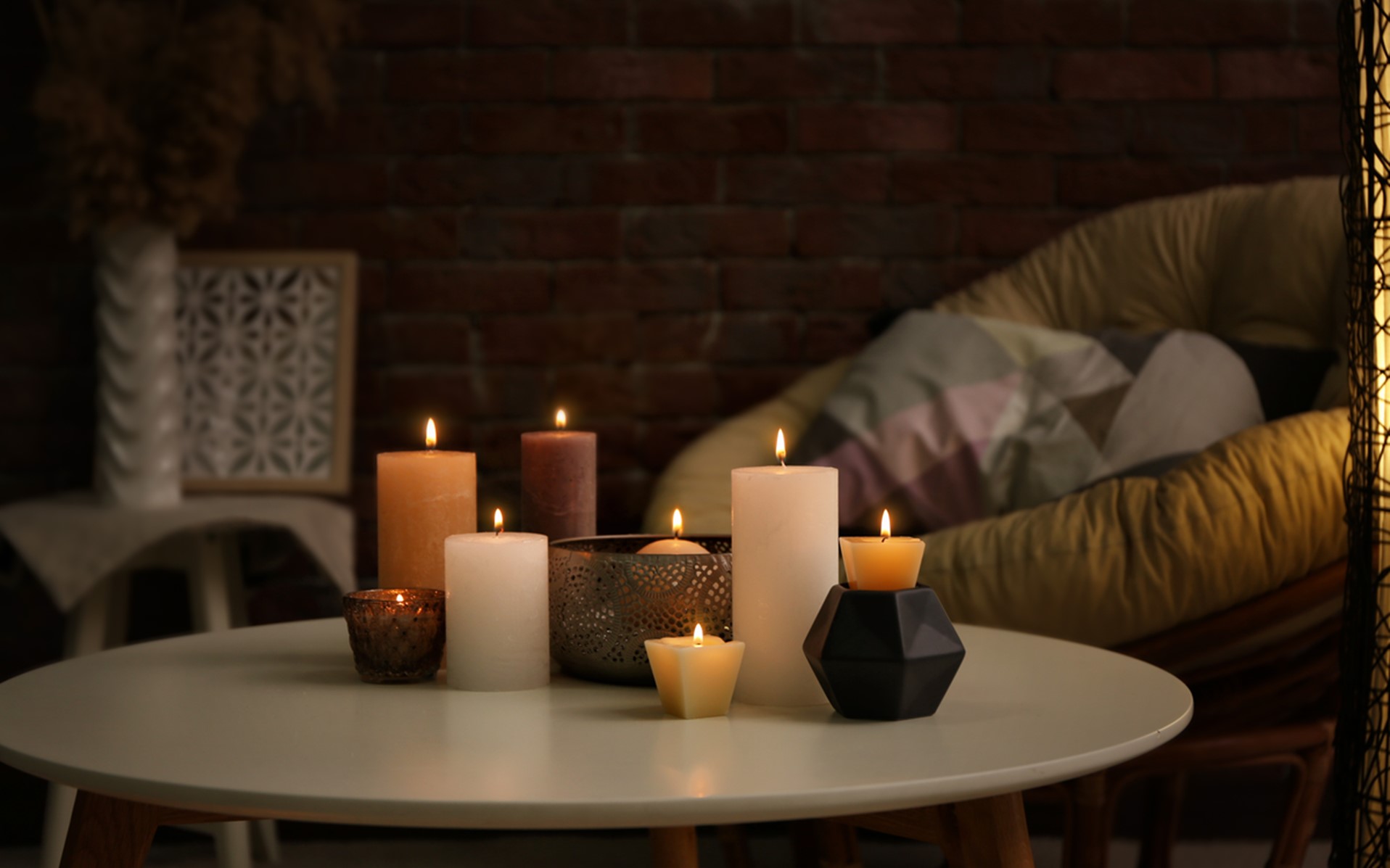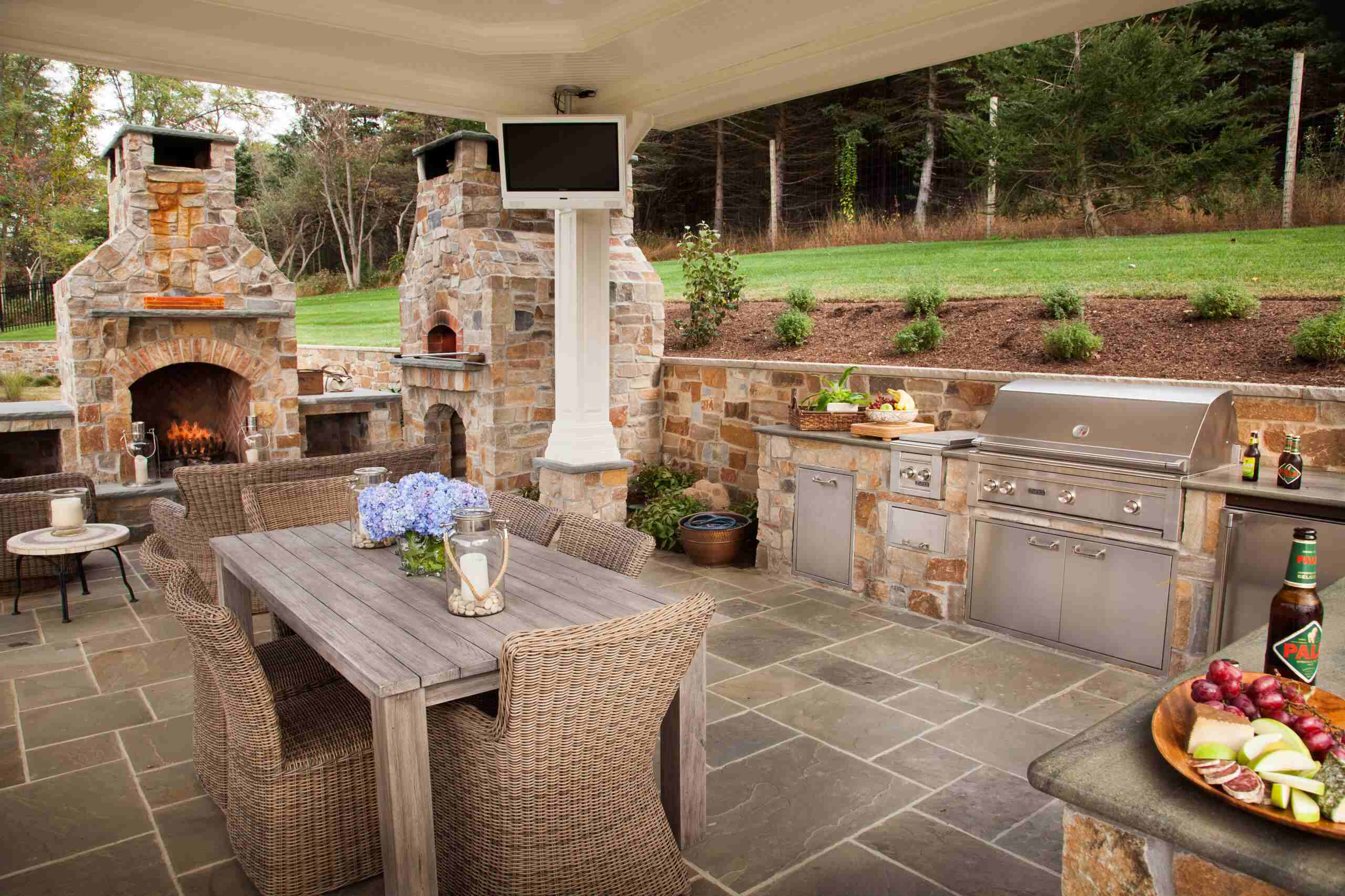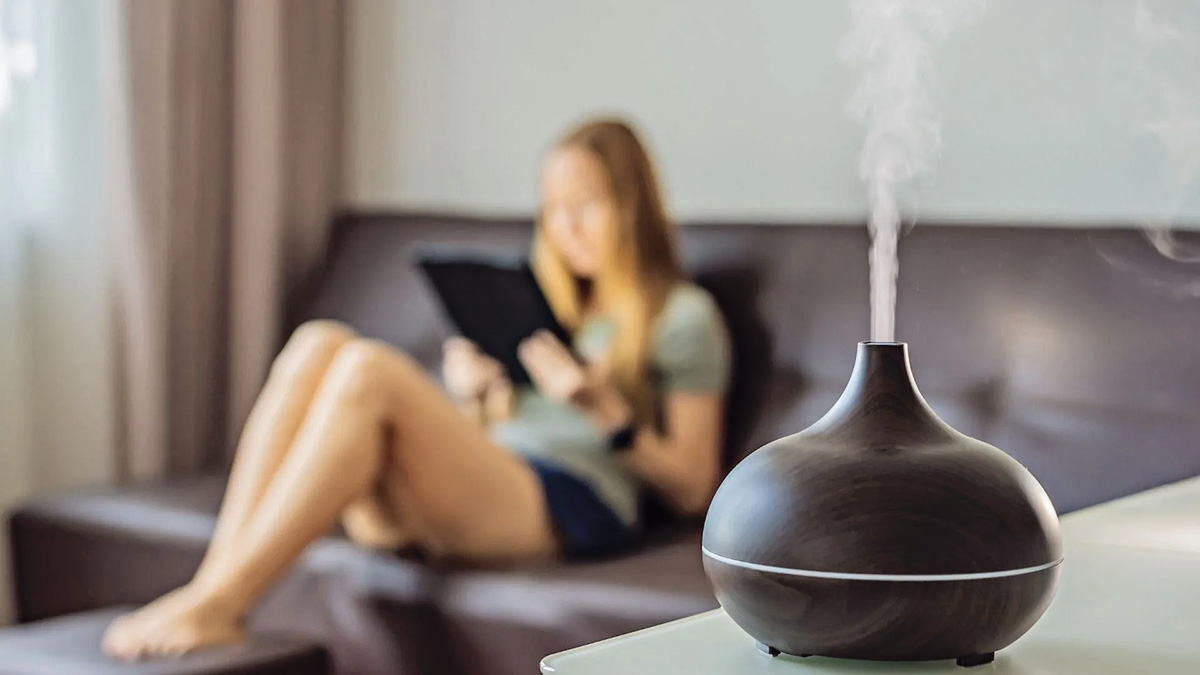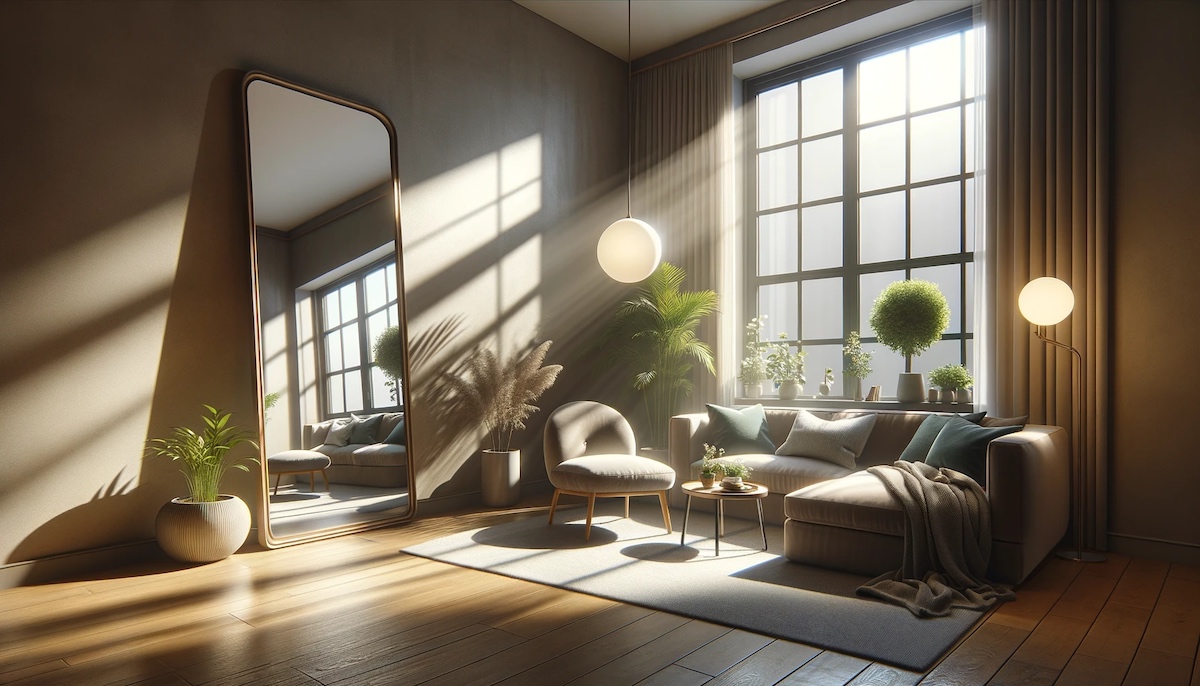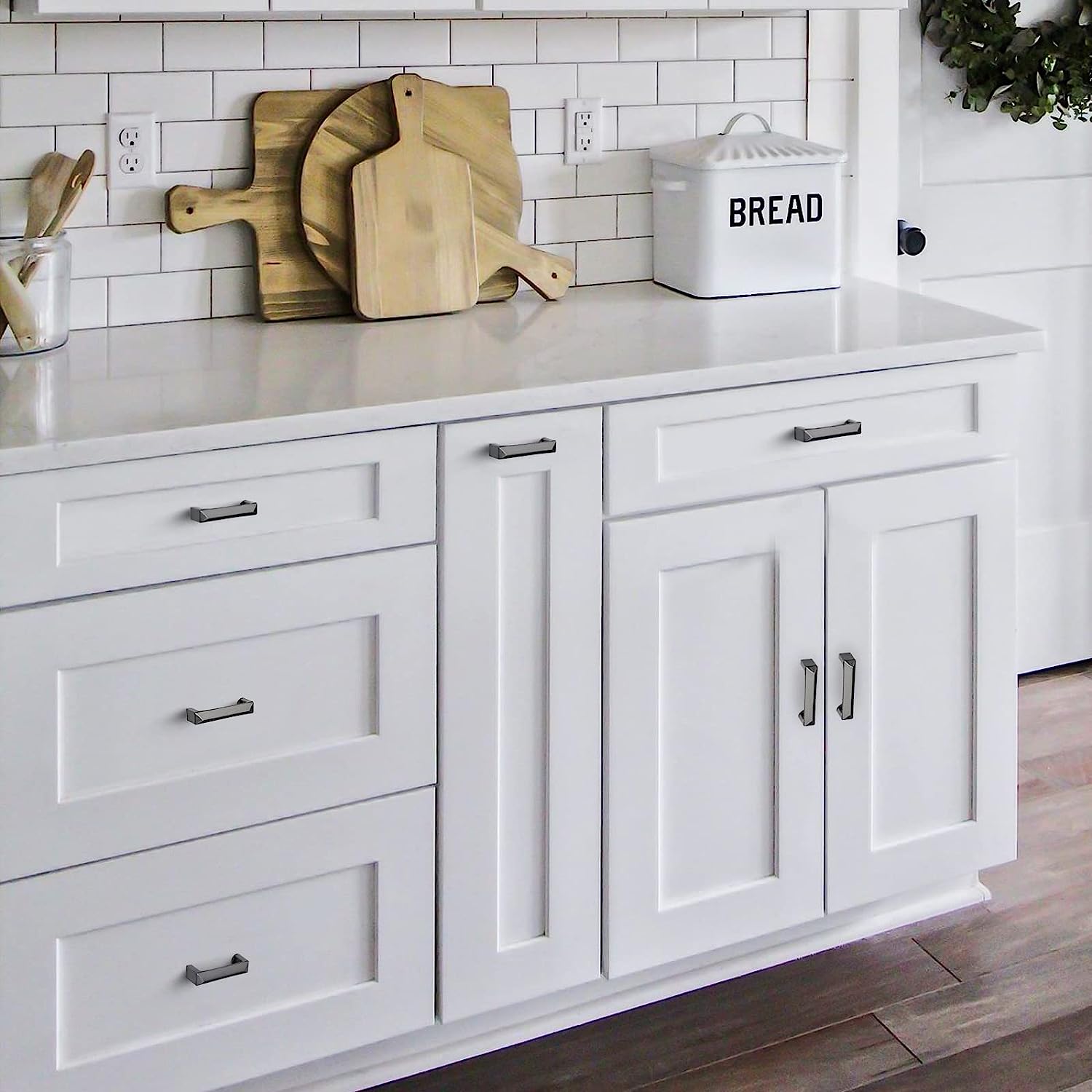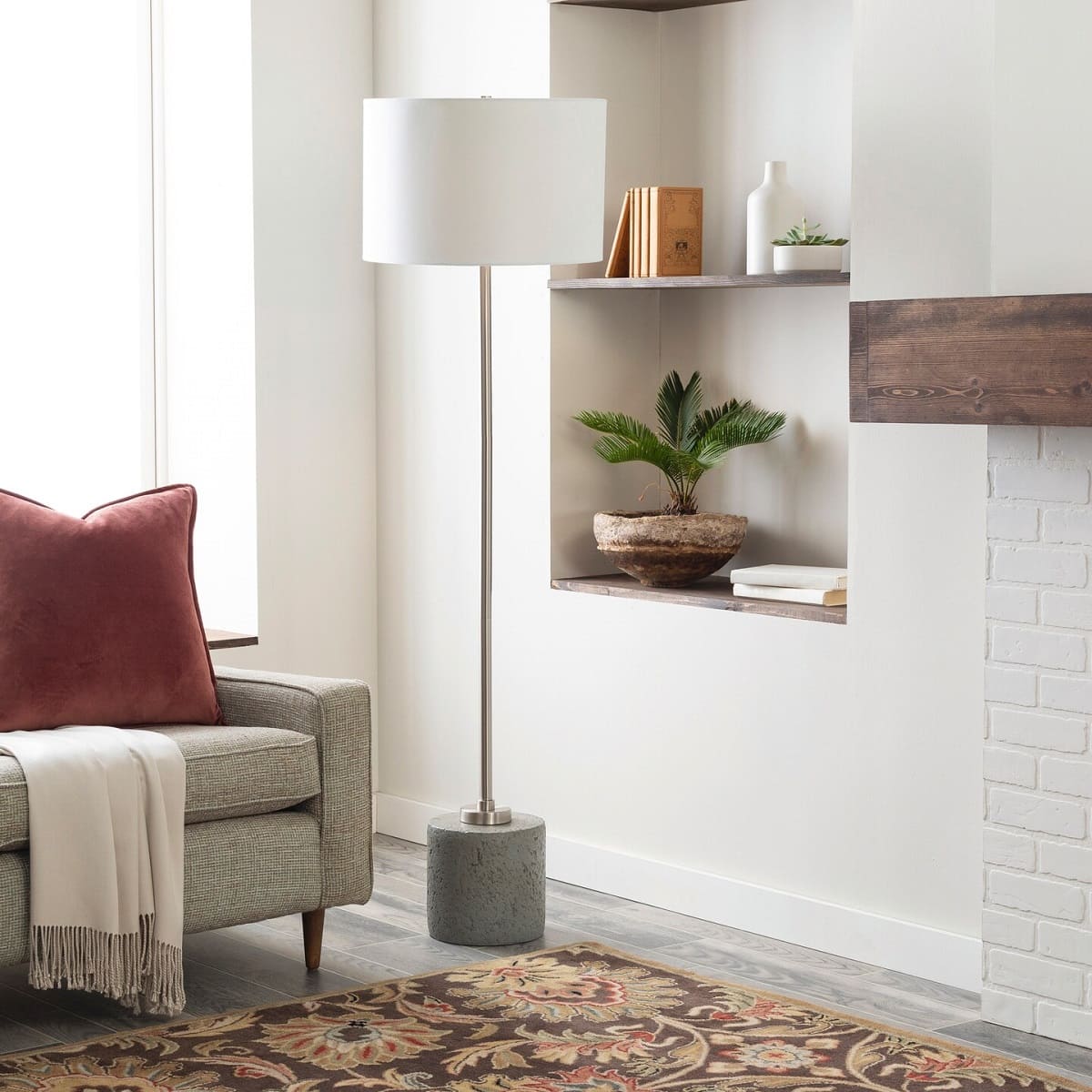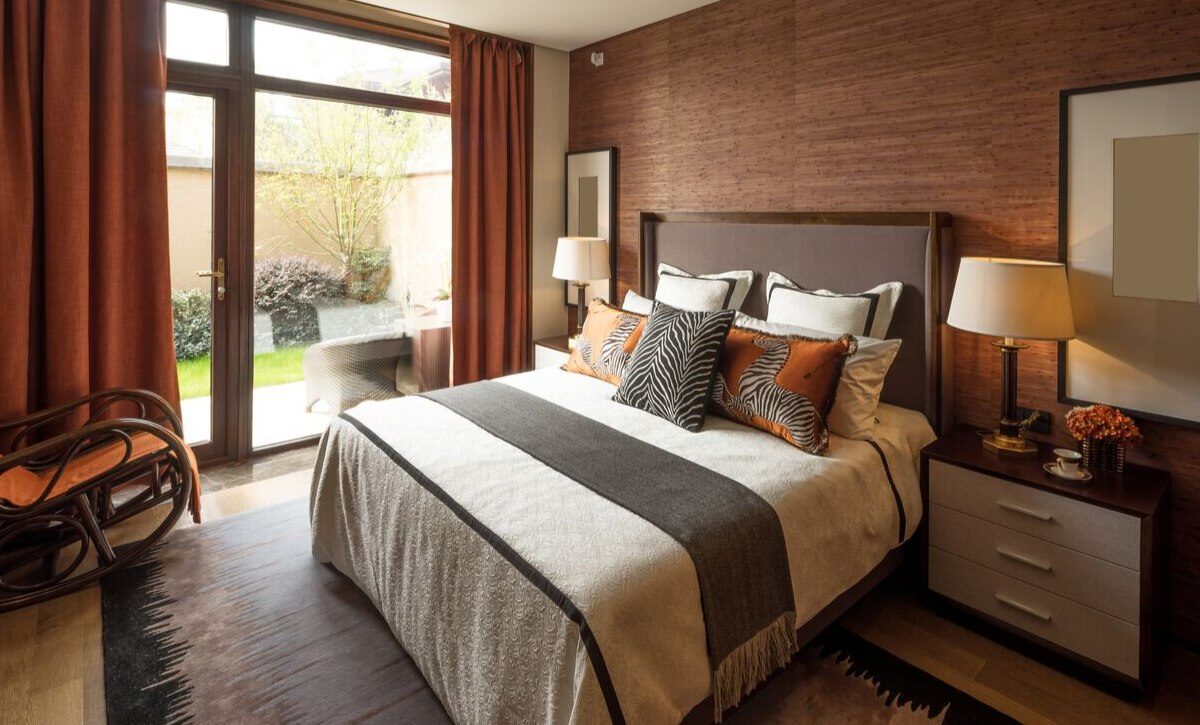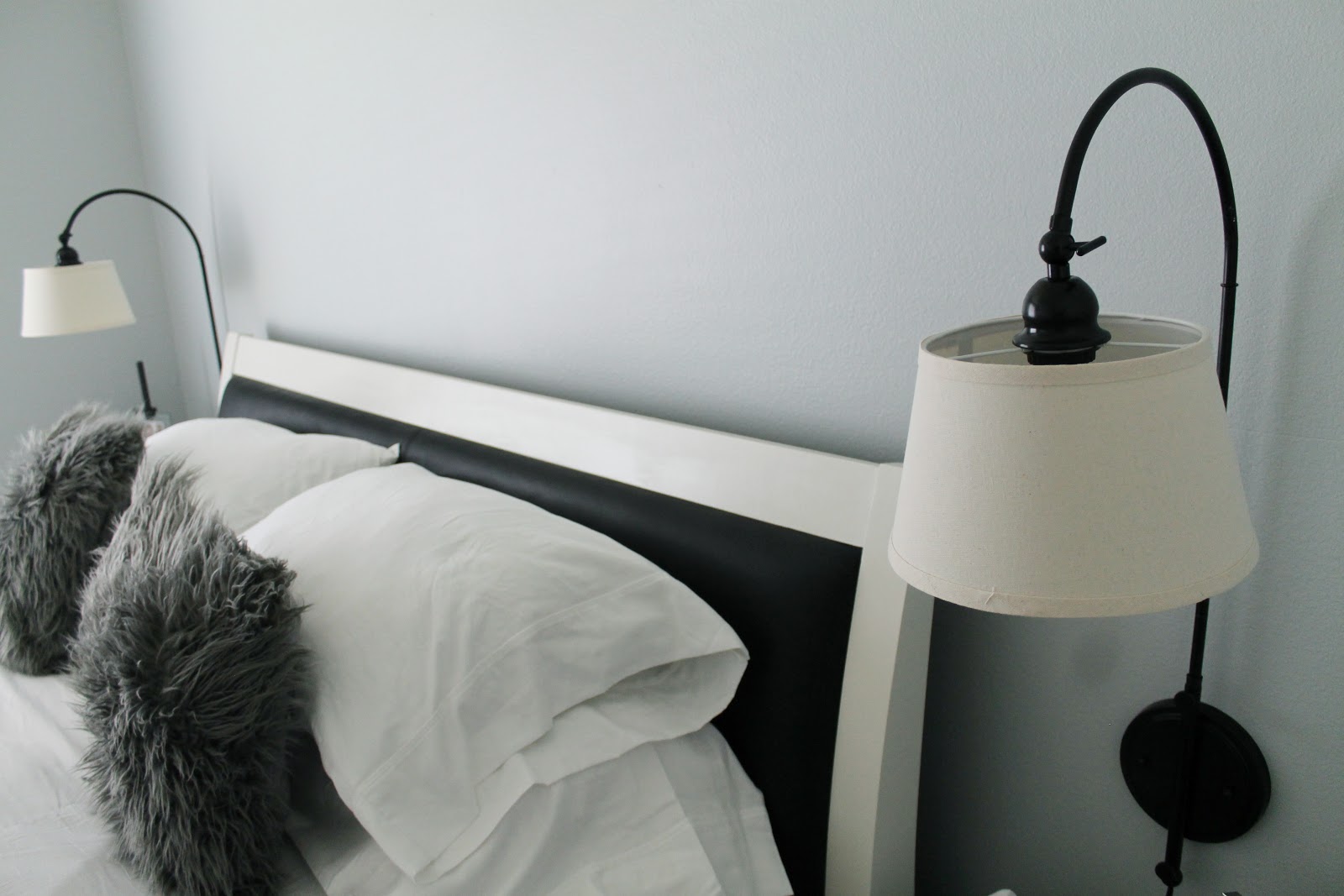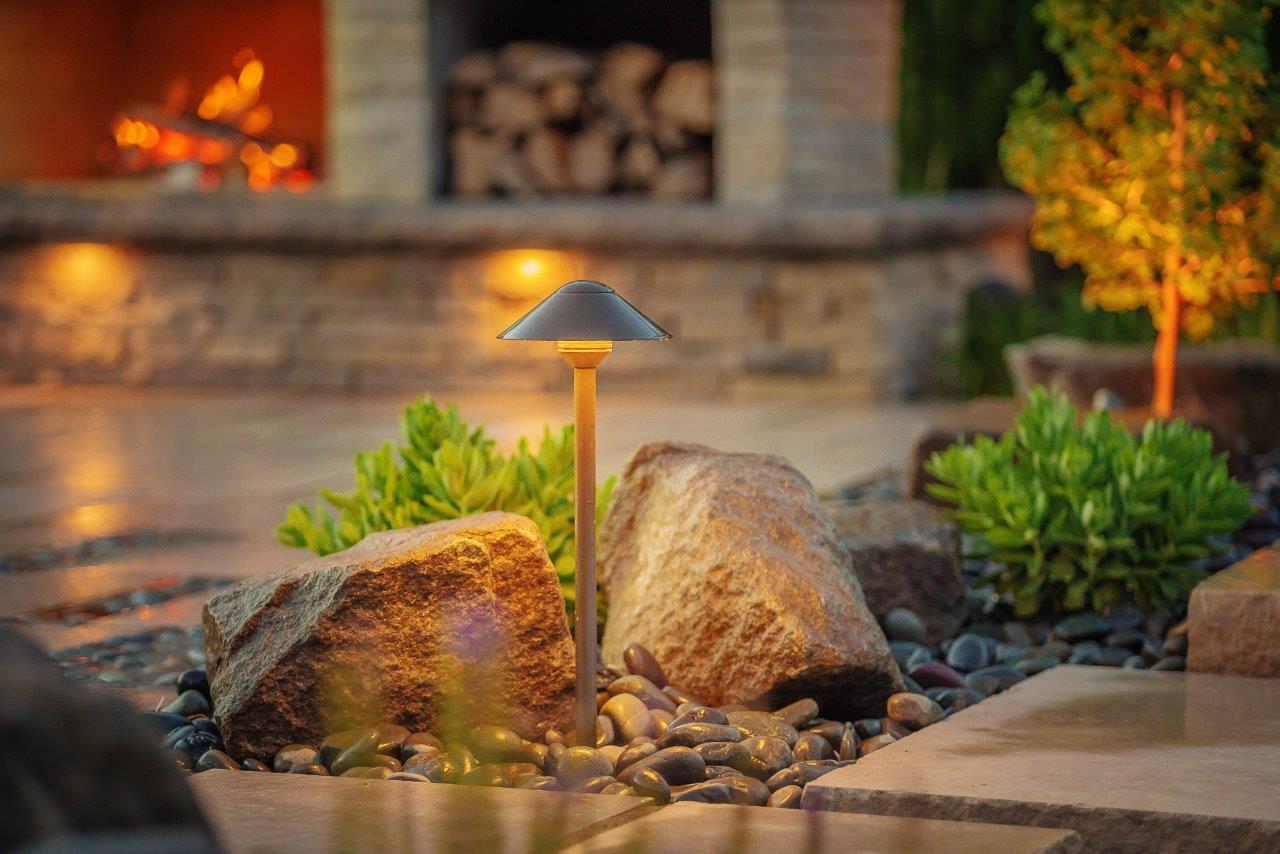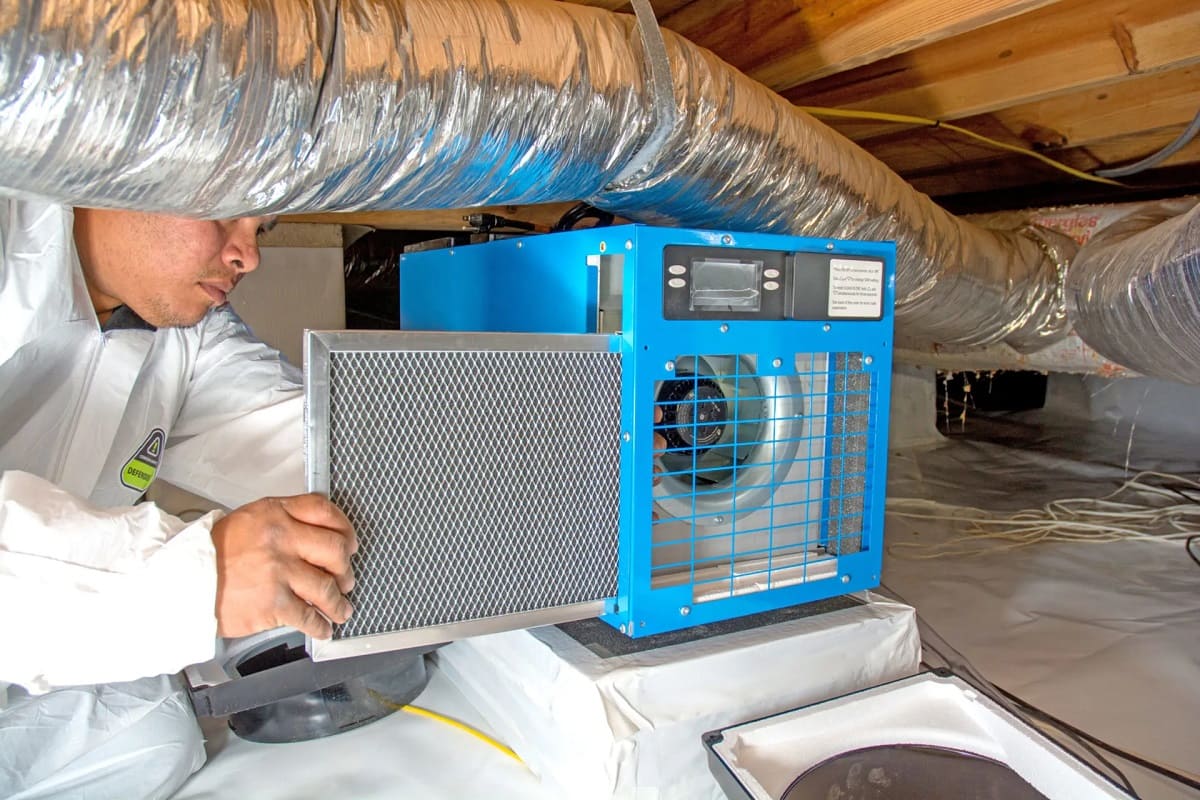Home>Home Security and Surveillance>Where To Place Security Cameras
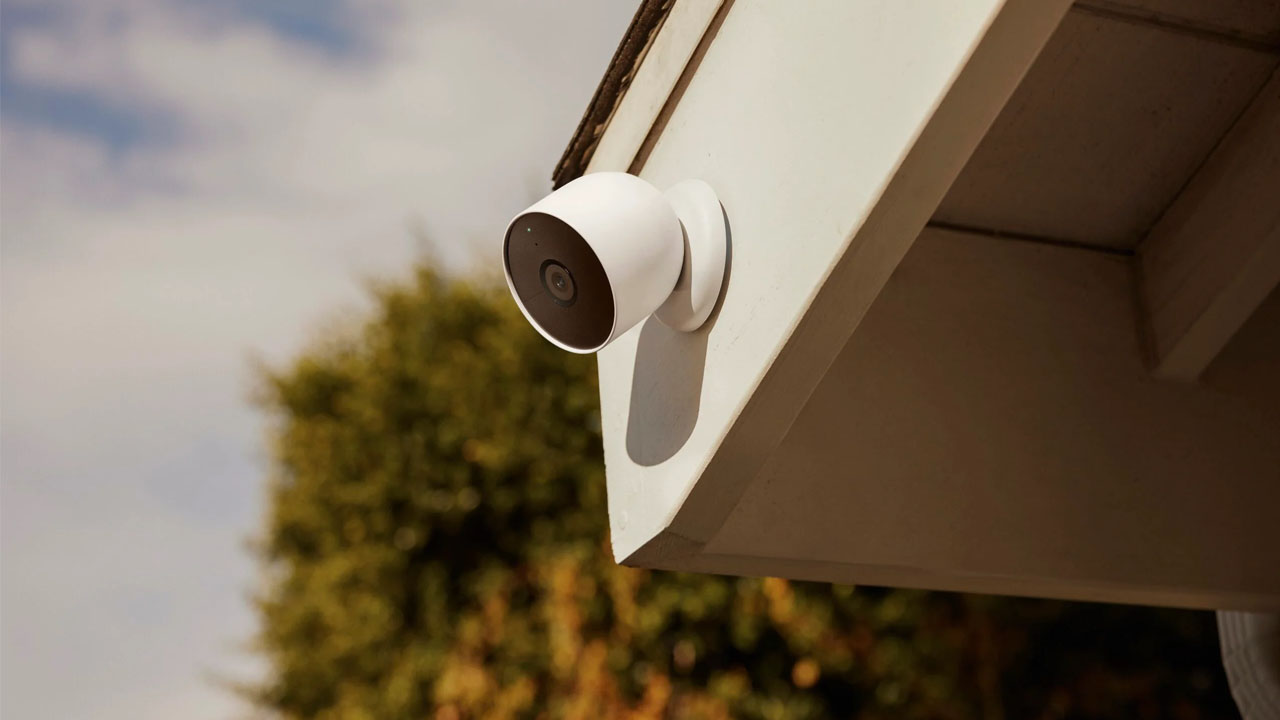

Home Security and Surveillance
Where To Place Security Cameras
Modified: November 1, 2024
Looking for the best spots to position security cameras? Discover expert tips and guidance for home security and surveillance systems to protect your property.
(Many of the links in this article redirect to a specific reviewed product. Your purchase of these products through affiliate links helps to generate commission for Storables.com, at no extra cost. Learn more)
Introduction
Welcome to our comprehensive guide on where to place security cameras. In today’s world, home security and surveillance have become essential for the safety and protection of our loved ones and valuable belongings. With advancements in technology, security cameras have become more accessible and affordable, offering homeowners peace of mind and a sense of security.
However, it is not enough to simply install security cameras; their placement plays a crucial role in maximizing their effectiveness. The strategic positioning of cameras ensures optimal coverage and surveillance, enabling homeowners to monitor their property effectively.
In this article, we will explore the factors to consider before placing security cameras, tackle outdoor and indoor camera placement, discuss common mistakes to avoid, and provide best practices for installing security cameras. By the end of this guide, you will have a clear understanding of how to position your security cameras to enhance the safety and security of your home.
So let’s dive in and uncover the secrets of proper security camera placement!
Key Takeaways:
- Strategic placement of security cameras is essential for effective surveillance. Consider factors like entry points, vulnerable areas, and lighting conditions to maximize coverage and deter potential threats.
- Avoid common mistakes like overlooking blind spots, incorrect camera placement, and neglecting maintenance. Follow best practices for installation, testing, and maintenance to ensure a successful and reliable security camera system.
Read more: Where To Position Home Security Cameras
Factors to Consider Before Placing Security Cameras
Before you start installing security cameras, there are several important factors to consider. Taking these factors into account will help you determine the most effective locations for your cameras, ensuring maximum coverage and surveillance capabilities.
1. Entry and exit points: Start by identifying all the entry and exit points of your property. This could include doors, windows, garage, and any other potential access points. These areas are crucial to monitor as they are often the primary targets for intruders.
2. Vulnerable areas: Assess your property for any vulnerable areas, such as dark corners, blind spots, or areas with limited visibility. These areas are prone to criminal activities and should be given priority when placing your cameras.
3. High-traffic areas: Identify the high-traffic areas within your property where people tend to gather or pass through frequently. Placing cameras in these areas can help capture any suspicious activities or potential threats.
4. Property layout: Understand the layout of your property and its surroundings. Consider factors like the size of your property, the presence of neighboring buildings or structures, and any natural obstacles that might affect camera placement.
5. Lighting conditions: Take note of the lighting conditions around your property. Proper lighting is crucial for capturing clear footage, so consider areas that may have poor lighting or are affected by direct sunlight, which can cause lens flare or overexposure.
6. Weather protection: When selecting the placement of outdoor cameras, it is essential to consider weather protection. Ensure that the cameras are shielded from rain, snow, and extreme temperatures to maintain their functionality and longevity.
7. Legal considerations: Familiarize yourself with the laws and regulations regarding surveillance cameras in your area. Some regions may have restrictions on camera placement, especially when it comes to privacy concerns or recording audio.
By assessing these factors beforehand, you will have a better understanding of the specific areas that require surveillance and can plan accordingly when placing your security cameras. This thoughtful approach will ensure effective coverage and provide you with comprehensive monitoring of your property.
Outdoor Camera Placement
Outdoor camera placement is crucial for monitoring the exterior of your property and deterring potential intruders. Here are some key tips and considerations to keep in mind when positioning your outdoor security cameras:
1. Entrances and exits: Install cameras near all entrances and exits, including front and back doors, garage doors, and any other points of entry. These areas are the most vulnerable and are frequently targeted by intruders.
2. Perimeter coverage: A comprehensive outdoor surveillance system should provide complete coverage of your property’s perimeter. This includes covering the side yards, backyard, and any pathways leading to your house. Consider placing cameras where they can capture wide-angle views that cover large areas.
3. Height and angle: Mount your outdoor cameras at a height that is out of reach but still provides a clear view of the area. Aim to position them at a downward angle, ensuring proper coverage of the desired area without any obstructions.
4. Visible placement: Make sure your cameras are easily visible to act as a deterrent for potential criminals. Visible cameras can dissuade intruders from attempting any illegal activities and can also help neighbors and passersby identify suspicious behavior.
5. Night vision: Consider cameras with built-in night vision capabilities or install additional outdoor lighting to ensure clear footage during nighttime. Proper lighting is crucial for capturing details and identifying individuals in low-light conditions.
6. Weatherproofing: Invest in outdoor cameras that are specifically designed to withstand various weather conditions. Ensure that they are waterproof, dustproof, and can operate efficiently in different temperatures to ensure long-term functionality.
7. Power and connectivity: Determine the power source for your outdoor cameras. Options include wired cameras that require an electrical outlet or wireless cameras with built-in batteries. Additionally, ensure that your cameras have a strong and reliable Wi-Fi signal for seamless connectivity.
Remember, the key to effective outdoor camera placement is to achieve comprehensive coverage while considering the specific needs of your property. By strategically positioning your outdoor cameras, you can enhance the security of your home and deter potential intrusions.
Indoor Camera Placement
Indoor camera placement is just as important as outdoor placement when it comes to ensuring the security and surveillance of your home. Here are some essential tips to consider when positioning your indoor security cameras:
1. Strategic locations: Identify strategic locations within your home where cameras can provide optimal coverage. Common areas to consider include the main entryway, living room, hallway, and any other high-traffic areas.
2. Valuable asset protection: Place cameras near areas where you store valuable items, such as bedrooms, home offices, or safe rooms. This will help monitor and protect your valuable assets from theft or unauthorized access.
3. Line of sight: Ensure that your indoor cameras have a clear line of sight to capture activities and movements in the designated areas. Avoid obstructions such as furniture or decorative items that may obstruct the camera’s view.
4. Privacy considerations: Be mindful of privacy concerns when positioning indoor cameras. Avoid placing cameras in private areas such as bedrooms or bathrooms to respect the privacy of your family members and guests.
5. Hidden placement: If you prefer a more discreet approach, consider utilizing hidden or mini cameras that blend seamlessly into the environment. These cameras can be concealed within objects such as clocks, smoke detectors, or wall outlets.
6. Power source: Ensure that your indoor cameras are located near suitable power sources. Consider cameras that can be plugged into electrical outlets or opt for wireless cameras with long-lasting battery life.
7. Remote access: Choose cameras that offer remote viewing capabilities so you can monitor your home from anywhere using your smartphone or computer. This feature allows you to keep an eye on your property even when you’re away.
Remember to respect the privacy of individuals within your home when positioning indoor cameras. Openly communicate with your family members or residents about the presence of cameras and their purpose. This will help create a sense of transparency and trust while prioritizing everyone’s privacy.
By strategically placing indoor cameras, you can monitor activities and movements inside your home, ensuring a higher level of security and peace of mind.
Place security cameras at all entry points to your home or business, including front and back doors, garage, and any ground-level windows. Also, consider placing cameras in high-traffic areas and near valuable items.
Common Mistakes to Avoid When Placing Security Cameras
When it comes to placing security cameras, avoiding common mistakes is crucial to maximize their effectiveness. Here are some common pitfalls to steer clear of:
1. Overlooking blind spots: Failing to identify and cover blind spots in your surveillance plan can leave vulnerabilities in your security system. Take the time to identify and address areas with limited visibility, ensuring that no potential hiding spots are overlooked.
2. Incorrect camera placement: Placing cameras too high or too low can lead to ineffective surveillance. Cameras mounted too high may not capture facial details, while those placed too low might only capture legs or partial views. Aim to position cameras at eye level for the most accurate and useful footage.
3. Neglecting proper lighting: Insufficient or improper lighting can significantly impact the quality of your camera footage. Ensure that the areas under surveillance have adequate lighting, especially during nighttime, to capture clear and identifiable images.
4. Not considering the field of view: It’s important to understand and utilize the field of view of your security cameras. Ensure that the camera’s angle covers the desired area without any obstructions, maximizing the coverage and minimizing blind spots.
5. Forgetting about camera maintenance: Neglecting camera maintenance can lead to decreased performance and reliability. Regularly clean the lenses, check for any loose connections, update firmware, and replace batteries or power sources as needed to ensure optimal camera functionality.
6. Ignoring privacy concerns: While it’s crucial to prioritize security, it’s equally important to consider privacy concerns, especially when placing cameras indoors or near neighboring properties. Be mindful of the angles and areas covered to avoid infringing on the privacy of others.
7. Not securing cameras properly: Failing to secure your cameras can make them vulnerable to tampering or theft. Ensure that outdoor cameras are mounted securely and out of reach, and consider investing in tamper-resistant features or camera enclosures for added protection.
By avoiding these common mistakes, you can ensure that your security cameras are strategically placed, providing comprehensive coverage and enhancing the overall effectiveness of your home surveillance system.
Read more: Where To Place A Shed
Best Practices for Installing Security Cameras
To make the most of your security camera system, it’s important to follow best practices during the installation process. Here are some tips to ensure a successful installation:
1. Plan your system: Before beginning the installation, create a comprehensive plan for camera placement. Consider the layout of your property, potential entry points, and areas in need of surveillance. This will help you determine the number and type of cameras required for optimal coverage.
2. Select the right camera: Choose security cameras that are suitable for the specific needs of your property. Consider factors such as resolution, night vision capabilities, weather resistance, and connectivity options. Research and compare different camera models to find the best fit.
3. Use high-quality cables and connections: Invest in high-quality cables and connectors to ensure reliable and stable connections between your cameras and DVR/NVR. This will help prevent signal loss or interruptions, ensuring clear and consistent video feeds.
4. Hide cables and wires: Conceal cables and wires to maintain a clean and professional installation. Use cable conduits or run wires through walls and ceilings to minimize the visibility of cables, reducing the risk of tampering or damage.
5. Test the cameras: Before finalizing the installation, thoroughly test each camera to ensure they are functioning properly. Verify that the camera angles cover the desired areas, the video feed is clear, and any additional features like motion detection or night vision are working as expected.
6. Secure your network: Protect your surveillance system by ensuring your network is secure. Use strong passwords for all devices, enable encryption and authentication protocols, and regularly update firmware to maintain the highest level of security.
7. Regular maintenance: Establish a maintenance routine to keep your security cameras in optimal condition. Clean the lenses periodically, check for any loose connections, and review camera settings and software updates to ensure continued performance and reliability.
8. Keep cameras visible: While it’s important to secure your cameras against tampering, it’s also beneficial to keep them visible as a deterrent. Visible cameras can deter potential intruders and warn them that they are being monitored, reducing the likelihood of criminal activity.
9. Monitor and review footage: Regularly monitor and review the footage captured by your security cameras. This will allow you to identify any suspicious activity, verify events, and provide valuable evidence if needed.
By following these best practices, you can ensure a successful installation of your security camera system, maximizing its effectiveness in enhancing the safety and security of your home or property.
Conclusion
Proper placement of security cameras is crucial for ensuring the safety and security of your home. By strategically positioning your cameras, you can maximize their effectiveness in detecting potential threats, monitoring activities, and deterring intruders. Remember to consider a variety of factors, including entry and exit points, vulnerable areas, high-traffic areas, and lighting conditions, before determining the placement of your cameras.
When it comes to outdoor camera placement, focus on covering entrances, exits, and the perimeter of your property. Mount cameras at the right height and angle, ensure they are visible to act as a deterrent, and consider night vision capabilities and weatherproofing for optimal coverage. For indoor cameras, strategically position them in areas such as main entryways, valuable asset storage spaces, and high-traffic areas, while respecting privacy concerns.
Avoid common mistakes like overlooking blind spots, placing cameras incorrectly, neglecting proper lighting, ignoring privacy concerns, and forgetting camera maintenance. By following best practices such as planning your system, selecting the right cameras, using high-quality cables, and testing the cameras before finalizing the installation, you can ensure a successful and effective security camera system.
Regularly monitor and review footage, secure your network, and maintain your cameras to ensure continued performance and reliability. By implementing these best practices, you can enhance the safety and security of your home, providing peace of mind for you and your loved ones.
Remember, investing in a security camera system is an essential step towards protecting your home, but the effectiveness of these cameras relies heavily on their placement. Take the time to plan and strategize, considering the unique layout and requirements of your property. By doing so, you can ensure that your security cameras serve as a valuable tool in safeguarding your home and keeping your loved ones secure.
Frequently Asked Questions about Where To Place Security Cameras
Was this page helpful?
At Storables.com, we guarantee accurate and reliable information. Our content, validated by Expert Board Contributors, is crafted following stringent Editorial Policies. We're committed to providing you with well-researched, expert-backed insights for all your informational needs.
